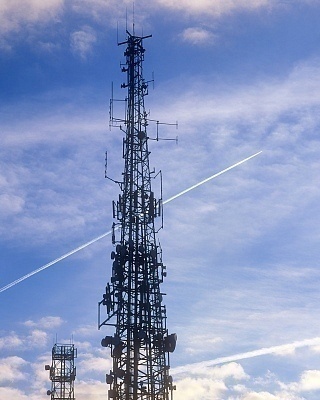Satellite Radio
Satellite radio refers to a number of subscription-based radio broadcasting programs that are available in the US, Europe, and elsewhere that are dependent on satellites to provide mobile users with constant radio access. While terrestrial-based FM radio stations only provide radio broadcasts to a specific area, usually confined to the city they are located in, satellite radio is available even while the listener is moving between cities, states, and even countries. Satellite radio has been available for just over a decade, with the first artist ever broadcasted on satellite radio being Tim McGraw on January 5, 2001.
How Satellite Radio Works
While several free-to-air, or FTA, satellite radio channels exist, most satellite radio broadcasts are encoded and based on a monthly subscription. These subscription-based satellite radio companies, such as Sirius, XM, and WorldSpace, often require the user to have decryption equipment that is able to decode the satellite radio broadcasts similar to how a receiver box and/or access card is required to decrypt satellite television broadcasts. Likewise, some satellite radio services may only be accessible from a fixed location, although available in even the most remote areas, while others are accessible from a moving receiver.
Applications
Satellite radio is used by millions of people worldwide for a variety of reasons. For example, subscribers who live in remote locations, such as rural areas or islands, may subscribe to satellite radio services in order to listen to their favorite music, even though no nearby terrestrial-based FM radio stations exist. Likewise, satellite radio is used by people who live in areas where some types of music or news is prohibited, such as Communist China or some areas of the Middle East. Satellite radio is also used by people who travel frequently and wish to listen to constant music or news reports without losing signal.



Comments - 4 Responses to “Satellite Radio”
Sorry but comments are closed at this time.